 Jimmy J merch. Prototype run, January, 2023.
Jimmy J merch. Prototype run, January, 2023.
After six years of silence, Sarvis suddenly spoke. He once more found his voice, in somebody else’s writing.
We made it easy by providing inspiration and all source material right here on this blog. Which he apparently lifted without attribution to cobble together his own CliffsNotes-version rehash.
Silly Sarvis.
His misstep is not that he called for forest name change or that he promoted the name Condor. That’s not a problem.
The similarity in Sarvis’ writing to what I had already written is way too close to dismiss as mere happenstance. That’s a problem.
Dan McCaslin, an outdoor columnist at Noozhawk, two months ago mentioned Jack Elliott and the Condor National Forest name change idea.
The willing suspension of disbelief is required before thinking this similarity is a mere innocent coincidence and that Sarvis was unaware of The Case For Renaming Los Padres National Forest.
This is a blatant ripoff.
Sarvis is a retired superintendent of Santa Barbara Unified School District, which makes this embarrassing faux pas particularly amusing.
If a student did this at the academy he would receive a failing grade, and then have to answer to the dean if not be thrown out of school.
 A banana slug in the Santa Ynez Mountains, Condor National Forest, June 2023.
A banana slug in the Santa Ynez Mountains, Condor National Forest, June 2023.
I wrote: “Los Padres did not locate their missions within the forest nor carry out their most passionate work there.”
Sarvis writes: “Los Padres National Forest is not the homeland of the Spanish padres and none of our missions is in the national forest.”
And he follows it with: “I have seen no evidence of Spanish padres in the national forest.”
I wrote about the Padres “cutting down trees and diverting water from the forest.”
And I followed it with: “Today’s Mission Pine Spring Camp and Mission Pine Basin Camp in the Santa Barbara backcountry are references to Los Padres’ cutting of timber for construction of the mission in Santa Barbara.”
Sarvis writes: “There is one site where pines were felled by native labor and hauled to build roof rafters for at least one mission.
And, of course, water flowed to the missions just as it flows today to many of our towns and cities.”
It’s not only those instances, but more.
Sarvis writes about “the folly of naming something as magnificent as a national forest after people” and that the “recovery of condors represents an appropriate symbol of our commitment to the environment.”
This came after I wrote about the need to “celebrate the forest itself” with the name Condor, and that “the name would refocus our attention on the forest itself and the wildlife therein, rather than humanity in the form of some dudes or dudette like Cleveland or Los Padres or Lady Bird Johnson. Enough of that!”
I wrote about the condor recovery program that likely saved the bird from extinction and how Los Padres National Forest was its last stronghold of critical habitat prior to capture and captive breeding. Sarvis commented on this as well.
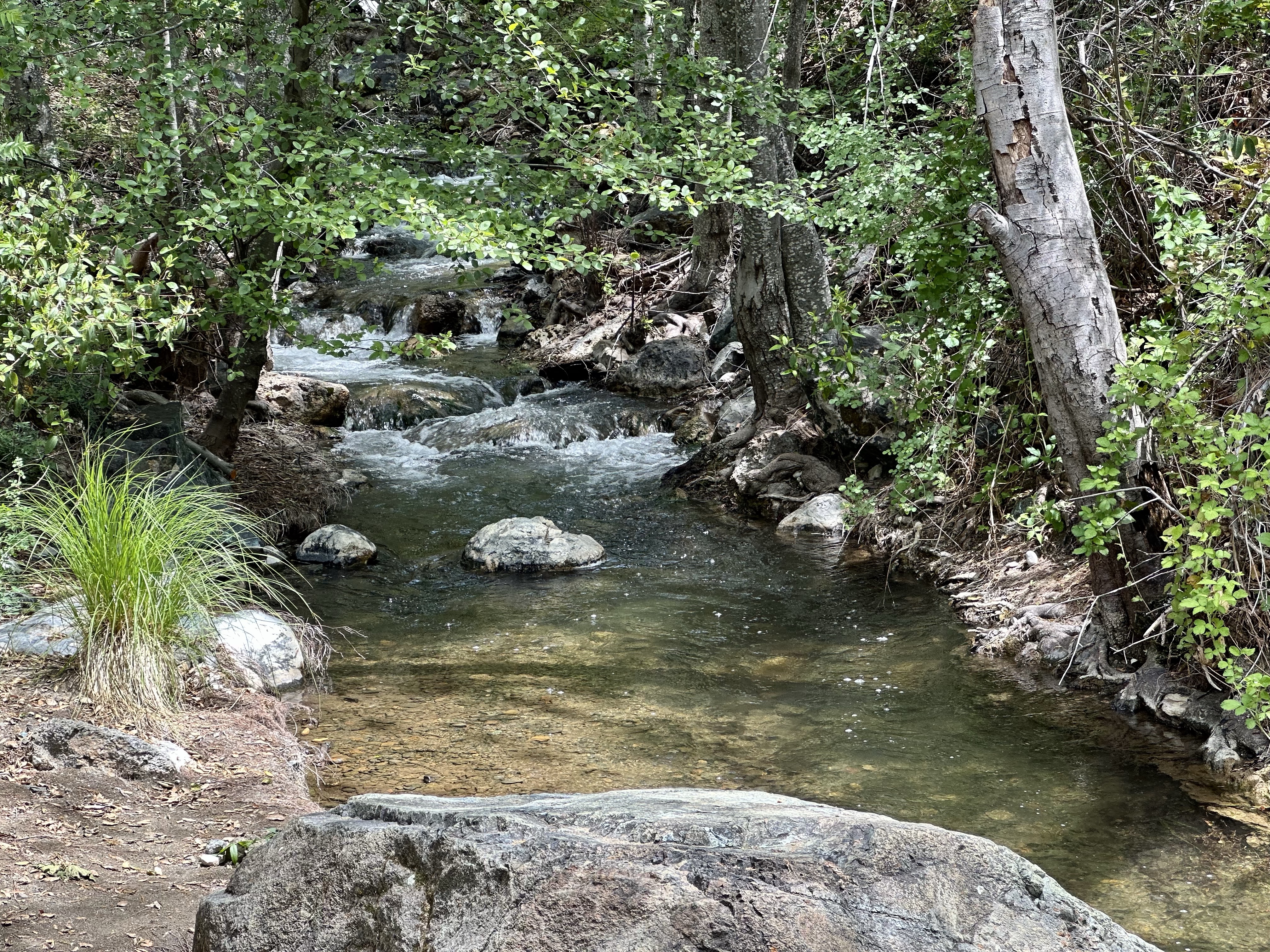
Everything is math. It actually could happen. It’s not impossible.
It’s not impossible that Sarvis just may have unwittingly written in Noozhawk about the very same things that I had already written about on this blog and that McCaslin had already mentioned in Noozhawk.
That’s many things, but not impossible.
Unlikely is one of those things.
I can think of a few others.

Sarvis failed to note the reason why it matters that Los Padres did not work or live in the forest and so left no evidence of their presence.
I had mentioned the lack of Padre presence in the forest in challenging the narrative of William S. Brown, found in his book, History of Los Padres National Forest, 1898–1945.
Brown wrote that the name Los Padres National Forest was “a fitting memorial to its first white users” because they built the missions “adjacent to the national forest area.”
I made the point that Native Americans had actually lived and worked within the forest proper and for no less than ten thousand years.
I noted the absurdity of naming the forest in honor of foreigners who lived nearby, while ignoring the long tenure of Native Americans who lived therein.
I drew this stark contrast between Los Padres and California Indians to make a larger point regarding the racial and racist cultural context of the times.
I offered a number of other shocking historical examples to further flesh out my main point:
The name Los Padres as applied to our national forest was a product of its time motivated by racialist sentiment at best or outright racism at worst. Therefore, the name is illegitimate and no longer acceptable.
Sarvis shied away from that hot potato red button issue and in doing so rendered meaningless his reference to the absence of Los Padres in the forest.
That may be true what he said, but it does not justify a name change. His argument does not fit in with common practice and must be rejected.
This is an important point to make in maintaining the integrity of our original argument on this blog, which we believe to be strongest bar none.
We cannot allow our argument to be highjacked and sidetracked and watered down by a fellow proponent of forest name change.
Highway 126 in neighboring Ventura County is named as a memorial in honor of Korean War veterans. Of course, American soldiers never fought communists along Highway 126 in California.
The logic of Sarvis’ argument calls into question the memorial names of places and things throughout our country, for which no connection exists to the people who’ve been memorialized.
Clearly, his argument is far too broad in scope and will not suffice.







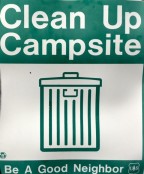

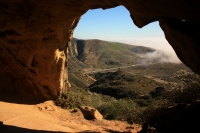


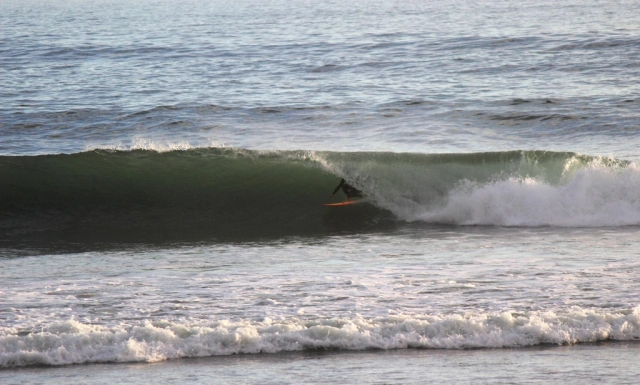
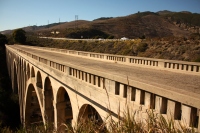
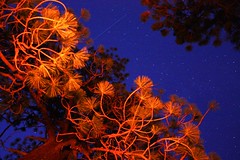








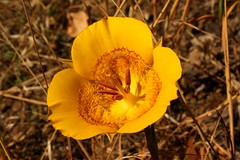









Wasn’t it Oscar Wilde that said “plagiarism is the sincerest form of flattery that mediocrity can pay to greatness?” Or something like that.